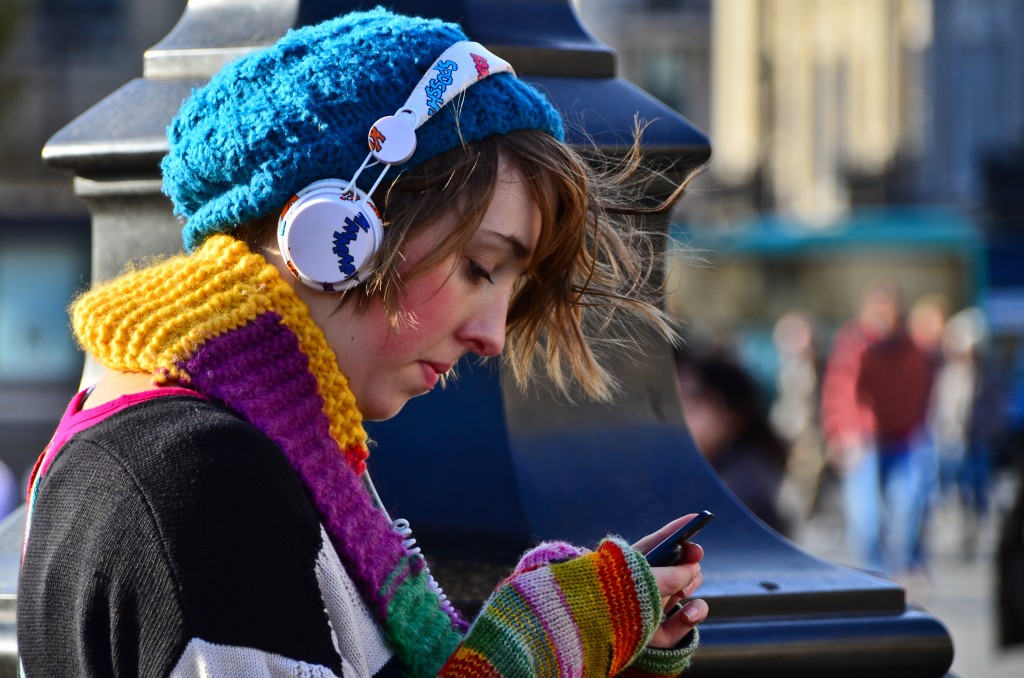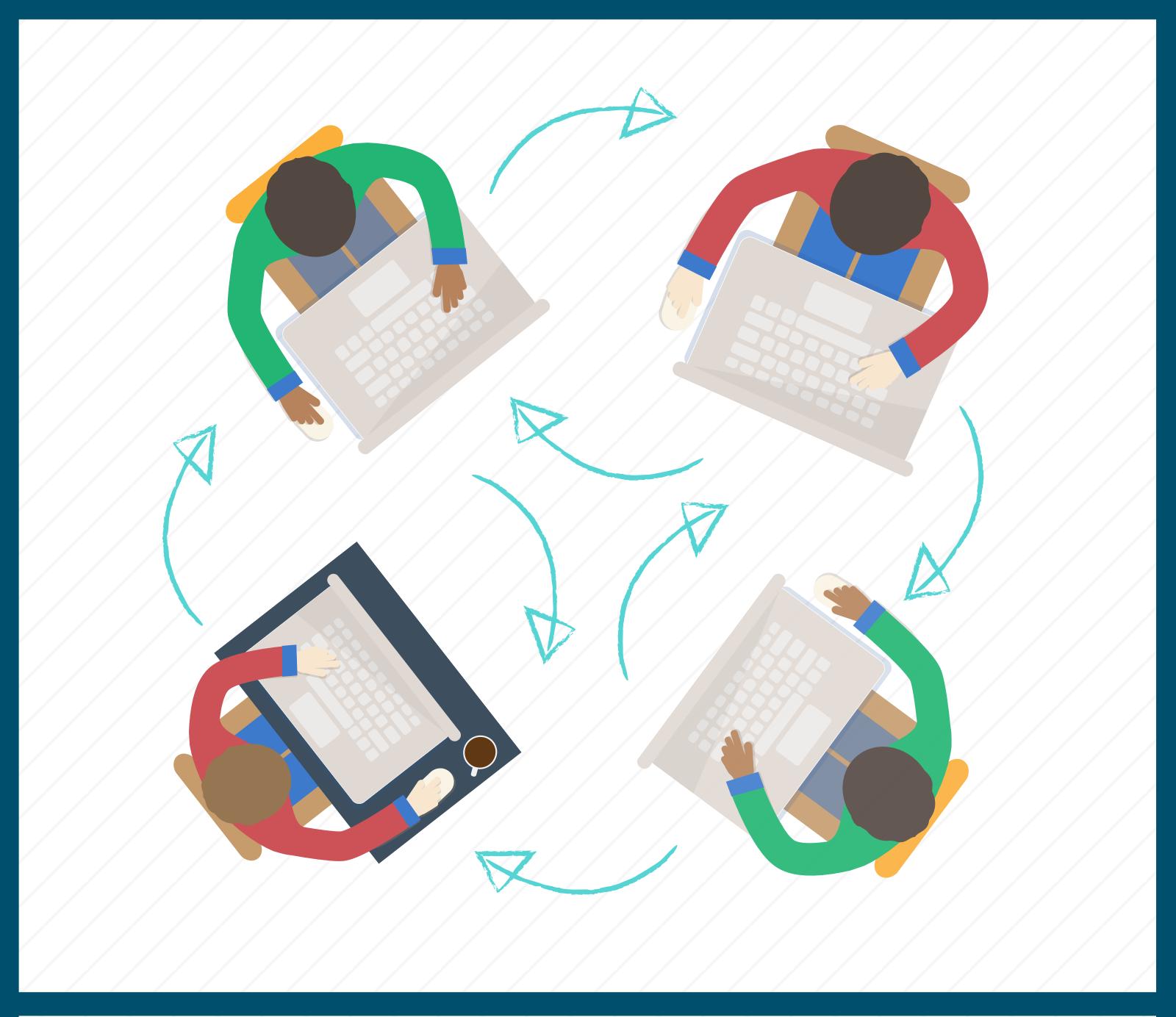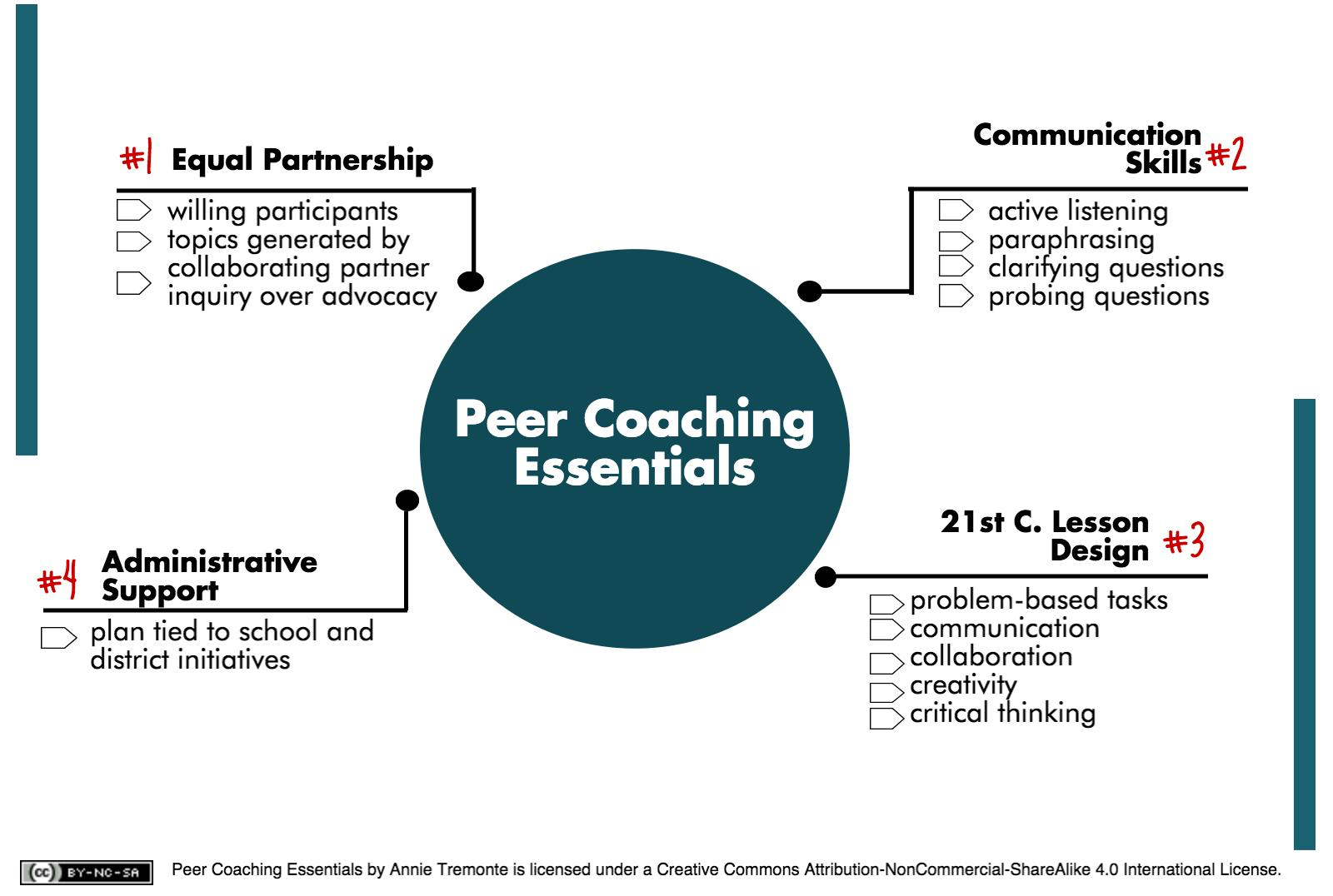As part of my studies with the Digital Education Leadership program at Seattle Pacific University, I recently engaged in and completed an exercise in peer coaching with a new teacher. I considered the additional challenges that face new teachers in the first few months of school and transitioned from an advocate to a collaborative partner, capable of leading and guiding inquiry. I practiced communication skills, including active listening and questioning strategies as my collaborating partner and I worked to build lessons together. Much of my work in this course centered around the study of Peer Coaching: Unlocking the Power of Communication by Les Foltos.
Tag: Communication
ISTE Teaching Standard 4: Engaging in the Practice of Social Media at School

Teaching digital citizenship is a broad topic that as the name implies, demands that character education be addressed before one even enters the digital space. If a student doesn’t know how to behave responsibly in real life, then doing so online isn’t going to change that. As part of my studies in Digital Education Leadership at Seattle Pacific University, I am reflecting on ISTE Teaching Standard 4 to promote and model digital citizenship and responsibility in technology by focusing on indicator c. to “promote and model digital etiquette and responsible social interactions related to the use of technology and information.”
Recently some circumstances at my school have pushed me to think further about an educator’s role in digital citizenship. My school has addressed everything from nude pictures shared among students, to YouTube videos posted for the sake of student humiliation, to online threats made to student safety this year. These behaviors occurred both in and out of school, alarming and paralyzing those tasked with responding to them. Disciplinary action was taken in all of the circumstances, but a feeling of resolution remains absent.
Despite the serious acts described above, one situation in particular has stayed with me. A colleague of mine noticed two of her students engaging in off-task behavior while on computers. She used LanSchool to monitor their actions on screen and discovered an inappropriate dialogue between them. She printed out the transcript of the conversation and brought the students down to speak with the principal. While the students were aware that they had violated the school’s acceptable use policy by abusing the use of school devices, they adamantly disagreed that the nature of their conversation was any of the school’s business. This admission forced me to re-evaluate the role educators play in teaching digital citizenship skills. In “3 Quick Tips for Building Digital Citizenship,” Cary (2013) stated that “Schools have a tendency to shy away from actively teaching digital citizenship due to time constraints in the curriculum, concerns about student-teacher interaction online, as well as anxiety over students having ready access to social media (like Facebook and Twitter)” (para. 2). My fellow graduate student @ingersoll_ryan introduced me to the work of Carrie James. In her book Disconnected: Youth, New Media, and the Ethics Gap she addressed the need for educators to foster conscientious connectivity practices in students (2014). She wrote that most adults are not entering into the digital citizenship conversation and that, as a result, our students are lacking necessary mentorship in their online practice (James, 2014).
ISTE Student 2: Collaborating in a Digital Space

As part of my ongoing exploration of how ISTE Student Standards can be implemented in the classroom, I am focusing this week on ISTE Student Standard 2: Communication and Collaboration, addressing how students will communicate and collaborate in a digital space to construct new meaning. I am specifically looking at the following performance indicators:
a. Interact, collaborate, and publish with peers, experts, or others employing a variety of digital environments and media.d. Contribute to project teams to produce original works or solve problems.
Assigning collaborative work in group projects is often a difficult task, especially at the middle school level. Students range in their ability to contribute productively to assignments, and are frequently left frustrated by the inconsistency of contributions. Assessment can also pose a challenge; final products do not necessarily reflect individual productivity. Desanctis (1987) researches the effects of technology on group work in “A foundation for the study of group decision support systems” and confirms our long held assumptions that certain members tend to dominate communication, while other less dominant members exert less effort overall (p. 596-7). Regardless, as educators we know that collaborative learning is important for students because it “fosters the development of critical thinking through discussion, clarification of ideas, and evaluation of others’ ideas” (Gokhlad, 1995). And regardless of the challenges, collaboration is an important 21st century skill to teach. Forbes magazine regards virtual collaboration as one of the top ten workplace skills for the future; so, “Whether you’re a fan of it or not, working and collaborating effectively virtually, whether on a simple task or a very complex challenge is a necessity as the nature of our work is globalized” (Gorscht, 2014, para. 12).
How do we as educators effectively use technology for student collaboration? If we rethink the group project as a means of developing skills alone, we may be guided in the right direction. Bates (n.d.) reinforces in Teaching in a Digital Age, that there has been a shift from teaching content, or academic knowledge to teaching skills, or applied knowledge (p. 37). Therefore, we should focus on fostering the skills of collaborating and communicating effectively, rather than on the final product of the group work.
Currently, I am in the midst of designing a lesson with a silkscreen artist out of Toronto (my sister-in-law) for a lesson art designed for social movements. We developed a project in which small student groups will use their background knowledge of the middle ages to design a visual message. They will collaborate to design a poster that champions a cause from the perspective of a specific, medieval community. This project has emerged as a ripe opportunity to enhance their collaborative design process with the aid of some digital tools.
